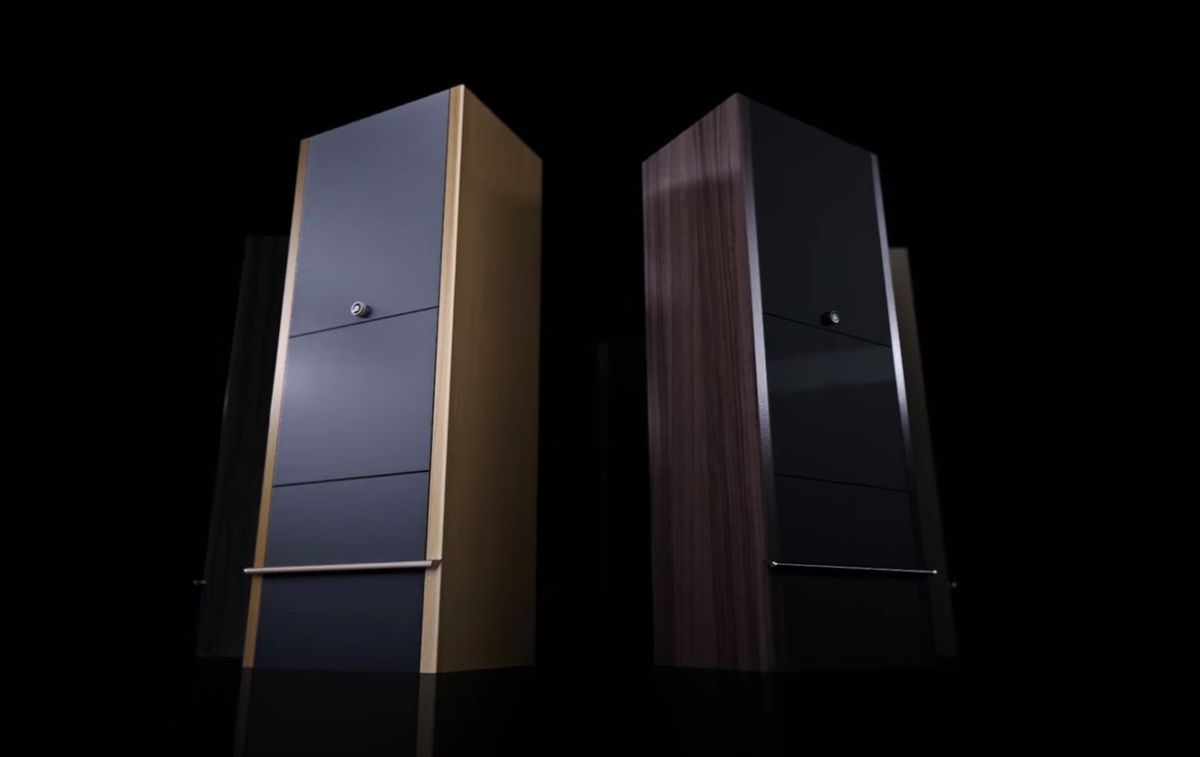The promising thing about laundry-folding robots is that they target a job that everybody does frequently, and nobody really likes. But to be successful in robotics, especially in consumer robotics, you have to be both affordable and reliable, and robots are, still, generally awful at those things. Laundroid, a robotic system that could ingest wads of laundry and somehow spit out neatly folded clothes, put on a few demos at CES over the past few years, but the Japanese company behind it just announced bankruptcy—probably because the robot didn’t work all the time, and would likely have been absurdly expensive.
Laundroid may not have been a success, but does that mean that other laundry-folding robots, most notably Foldimate, are doomed as well? Of course it doesn’t, although I’m not particularly optimistic.
The original Laundroid concept was to combine washing clothes, drying clothes, ironing clothes, and folding clothes into one single (magical?) system that was fully autonomous. That would have been amazing, even if it did prove to be impossible, but Landroid had to scale back to a dedicated folding machine in 2018. And as it turns out, even that ended up being too complex to save the company.
This leaves Foldimate as the only upcoming commercial laundry robot/system:
It takes a little bit less skill to use Foldimate than to do it by hand, I guess, but I’m not sure that the robot actually speeds up the process, and it’s selective about the folding that it does. Pants, for example, they need to be correctly oriented and folded in half lengthwise before Foldimate will accept them, which is most of the folding work done by you before the robot even gets involved. It’s a bit cleverer with shirts, but you still need to stand there and feed each item into the robot in just the right way. The question, then, is if the robot doesn’t make the folding process significantly faster or significantly better and requires a human to be actively engaged the whole time, why are people going to buy one?
My concern is that Foldimate is one of those robotics products that it’s very easy for people to get excited about until it comes time to commit to actually buying one. We’ve seen this before; a company will demo a robot and get a lot of positive feedback from potential consumers: “It folds my laundry? Of course I want one of those!” But when that same consumer has to actually put in their credit card info and pay nearly $1,000 for a robot that does a thing that they already know how to do without saving them much in the way of time or effort, they may feel differently.
Robots like Foldimate (that only provide an incremental benefit at best) may be more realistic in places where their utilization rates are high and the cost can be spread out, like laundromats as opposed to homes. Even so, it’s hard to avoid the fact that the most successful consumer robots are able to completely replace humans at specific tasks, and that seems to be where the value in robotics is. My Roomba, and for that matter my washing machine, dryer, and dishwasher all do a very good job at what they do, and (with a minimal amount of tending before or after) while they’re hard at work I can totally ignore them and be doing something else.
From that perspective, the gold standard of robotic laundry folding is still UC Berkeley’s PR2, which, as of 2014, could do most of a laundry cycle autonomously.
PR2 was very, very slow at this, but who cares? You don’t have to be there while it does it. If it takes the robot 8 hours to wash and fold a single load of laundry, that’s fine if it just runs while you’re away at work. The bigger problem is that you can’t buy a PR2, even if you could buy a PR2 it would cost you US $400,000, and that it’s a research project that would almost certainly not work even a little bit if you plonked it in front of your washing machine and pressed the go button.
I hope Foldimate manages to make a successful product—finding a commercial use case for robotics is hard, and at the very least, the interest that has been shown in Foldimate so far suggests that they’re onto something with some value. We’ll see what happens when the robot goes up for pre-order later this year.
[ Seven Dreamers ] via [ Engadget ]
Evan Ackerman is a senior editor at IEEE Spectrum. Since 2007, he has written over 6,000 articles on robotics and technology. He has a degree in Martian geology and is excellent at playing bagpipes.



